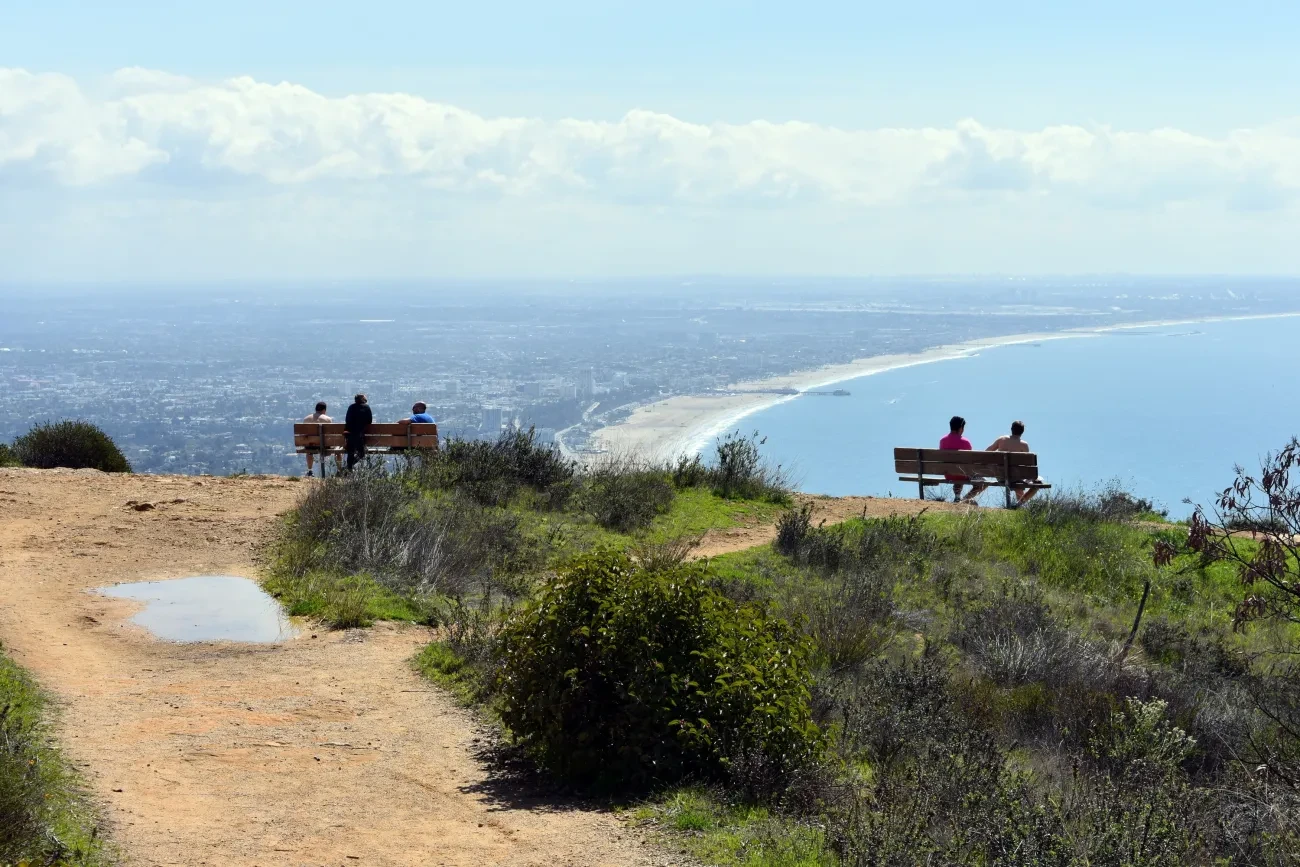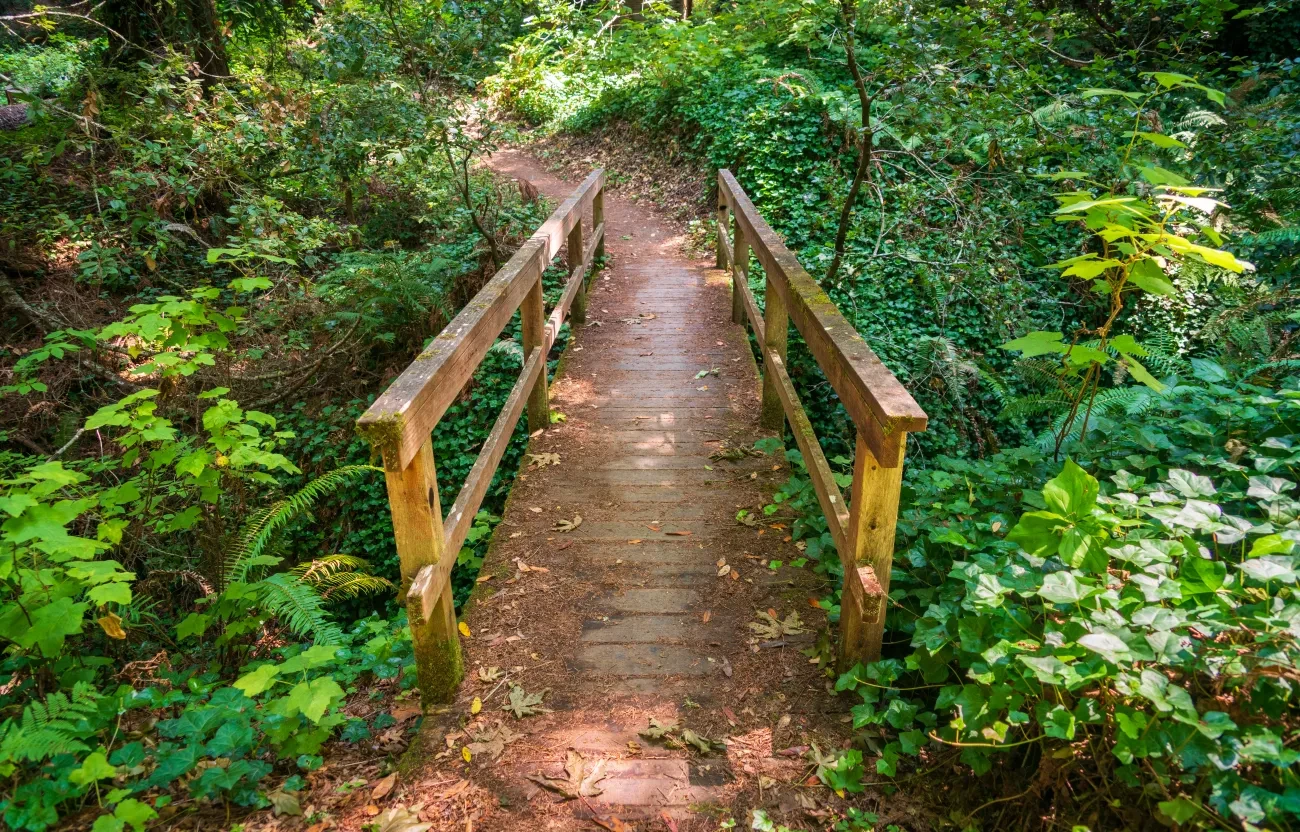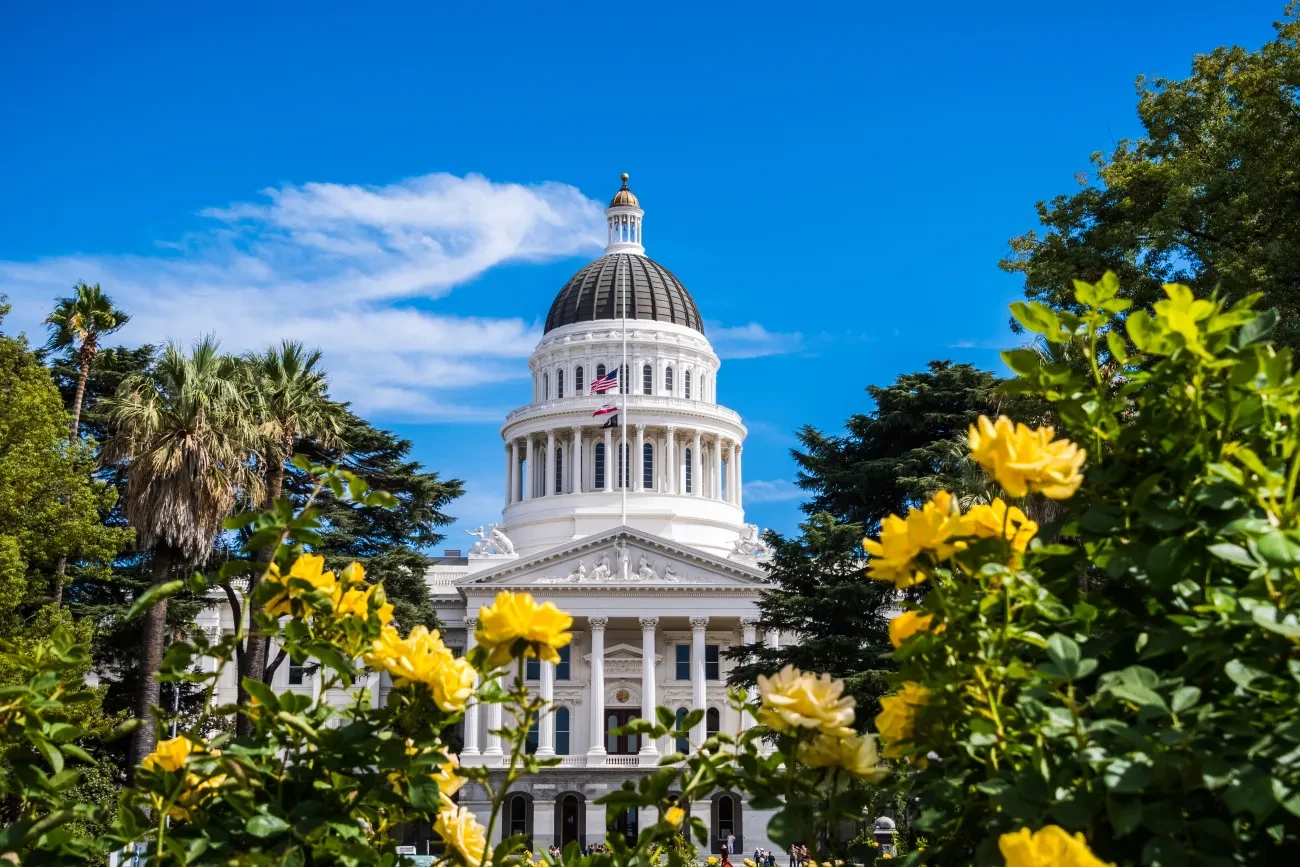On January 10, Governor Newsom released his 2025–2026 state budget proposal. The good news is that the proposal achieves a surplus of just over $300 million, consistent with what the Legislative Analyst’s Office (LAO) estimated late last year.
The proposed budget — $322.2 billion total — includes $2.7 billion in funding authorized by Proposition 4. Proposition 4 was a major focus of our advocacy in 2024, and California State Parks Foundation remains grateful to the almost 60 percent of voters — over 9 million Californians — who agreed that our state’s natural wonders deserve additional investment and protection from intensifying climate change. Voters supported this $10 billion bond measure in November because they believe California desperately needs additional resources to meet the climate threats we face. As 2025 begins, the devastating wildfires in Southern California have again reminded us how important it is for California to continue to invest in climate resilience.
While the state must seek to put the investments called for in Proposition 4 to immediate work, we are very concerned about how the Governor’s budget proposal accomplishes this and what it means for state parks.
Specifically, the Governor’s budget takes $68 million previously appropriated for wildfire prevention and forest resilience projects in state parks in the 2021–2022, 2022–2023, and 2023–2024 budgets and replaces those original General Fund appropriations with Proposition 4 funds. At first glance, this may seem like a harmless switch since California State Parks will not lose any existing funding. However, the proposal is anything but harmless.
First, and most important, Proposition 4 investments were always meant to be additive — provided over and above what the state was already doing. Paying for projects with bond dollars essentially means putting those projects on the state’s credit card — paying with borrowed dollars now and re-paying the loan with interest later. Indeed, in its fiscal analysis of Proposition 4, the LAO estimated that borrowing costs would add 10 percent to the overall price tag of $10 billion. Borrowing costs are why the state should not use bond money to supplant existing commitments. Unfortunately, this proposal falls well short of fulfilling the will of the voters, who rightly expected they were adding resources to the state’s existing efforts.
Second, General Fund dollars are more flexible than bond dollars (again, rightly so, because of borrowing costs associated with bond dollars). By law, bond funds must be restricted to specific infrastructure projects named in the ballot measure that goes before voters and cannot be used to cover administrative or program costs like new permanent staff or training. For example, a wildfire prevention program built around training existing staff to do controlled burns could be funded with General Fund dollars, but not necessarily with bond dollars. Projects already in the works might have to be redesigned or scrapped altogether because the funding source has changed.
Another concerning part of the Governor’s budget proposal involves a similar funding switch for deferred maintenance projects. The 2025–2026 proposal contains $84 million for deferred maintenance projects in state parks, funded with Proposition 4 dollars. That’s great, except that $14 million of that proposal represents General Fund dollars committed in previous years that are being swapped for bond dollars, with the same issues noted above. Proposition 4 guarantees up to $175 million for deferred maintenance projects in state parks anyway, so swapping that $14 million in General Fund is actually a cut to the overall resources available to resolve the massive $1.2 billion deferred maintenance backlog in California State Parks. We believe strongly that the full $175 million from Proposition 4 must be reserved for new appropriations — not used to supplant General Fund appropriated in prior years.
The budget proposal also includes good news — the California State Library Parks Pass is proposed for an additional year of funding, which would keep passes deployed in libraries through December 31, 2026. Last year, this funding was not included in the budget proposal, and it took months of working with the Legislature to ensure that park users could continue to check out a pass with their library cards. We are grateful to Governor Newsom for his commitment to this very effective and popular park access program.
The annual cost of providing 33,000 day-use passes in California public libraries is somewhat arbitrarily set at $6.75 million, derived by multiplying the yearly retail price of one day-use pass ($195) by 33,000 passes, plus additional administrative costs. Unfortunately, this program currently has no permanent source of funding beyond the General Fund, so it is subject to an annual appropriation.
With the release of the Governor’s budget proposal, the annual state budget process is under way. We are committed to working with the Legislature this year to address our concerns around using bond funds for previously funded priorities, and to work on a permanent funding source for the California State Library Parks Pass this year.
Please sign up for our email alerts and follow us on social media (Facebook, Instagram, X, and YouTube) to stay informed, take action, and help us advocate for the future of California’s state parks!


